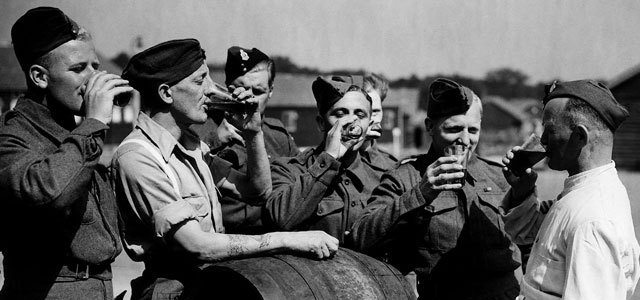To prepare for a beer run, the fuel tanks attached to the pylons would be steam cleaned by ground crews. The tanks would then be filled with beer from kegs.
At dawn on June 6, 1944, the amphibious invasion of Normandy began. Allied troops from Britain, Canada, and America landed on the French coast to start the months-long Battle of Normandy. As the invasion continued, supplies became scarce, and there was one item that the troops noticed a distinct lack of: beer.
After D-Day, it was hard to get any supplies to the front-line troops and luxuries such as beer were low on the list. With the governments not able or willing to provide alcohol to the troops, they had to take matters into their own hands. Military personnel who were able to get wine and other luxuries from locals would source these items for the rest of the men.
While this was able to pacify some of the troops, the RAF had a different idea. They needed beer, and they were lucky enough that some of the British breweries were willing to donate to the troops. One of these breweries, Heneger and Constable, offered free beer to the troops and provided it to RAF pilots.
To get the beer from Britain to the troops in France, modification XXX was born. This modification was performed by pilots on the Spitfire Mk IX which had pylons under the wings. These pylons were generally used for bombs and fuel tanks, but could also be used for beer.
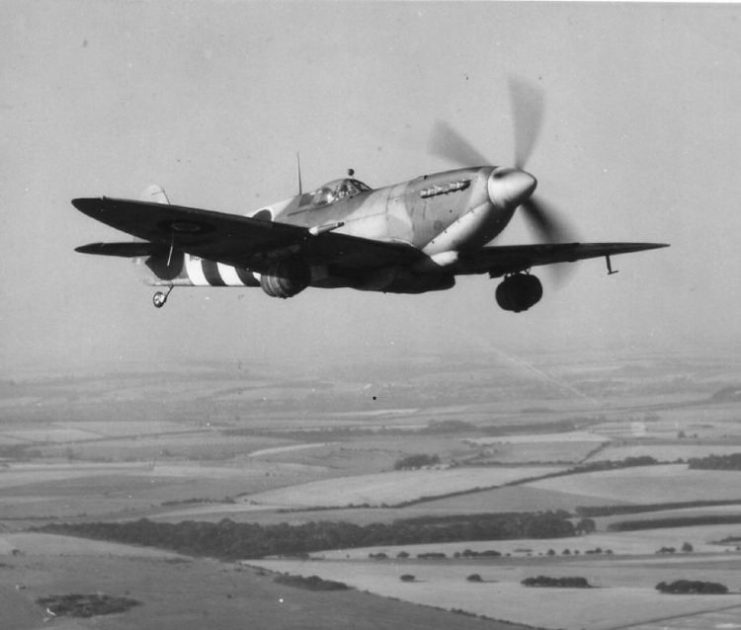
To prepare for a beer run, the fuel tanks attached to the pylons would be steam cleaned by ground crews. The tanks would then be filled with beer from kegs provided by a range of breweries and marked with XXX. Each of these tanks had a capacity of 45 gallons allowing one Spitfire to deliver 90 gallons of beer to the front.
The modification to the fuel tanks is considered to be semi-official. The reason for this designation is the photograph sent to newspapers by the Air Ministry. The picture shows a tank being filled with two kegs worth of beer while the pilot relaxes on the wing. Even if this practice was not officially sanctioned by the Ministry, they did nothing to stop it.
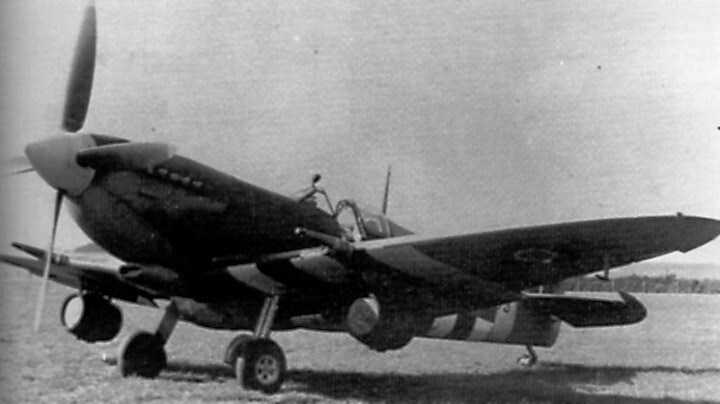
As the demand for beer increased, the RAF pilots had to look beyond the Spitfire. The Hawker Typhoon was able to carry greater loads than the Spitfire and was the next plane to have modified fuel tanks. The use of the Typhoon was not as widespread as the Spitfire for this purpose because new American pilots often mistook the plane for a German Focke-Wulf 190.
This mistake resulted in Typhoons being attacked by the American Thunderbolt pilots. According to Group Captain Scott of the RAF, one Typhoon was attacked twice in a single day. During one of the runs, the tanks had to be dropped into the English Channel so the pilot could perform evasive action.
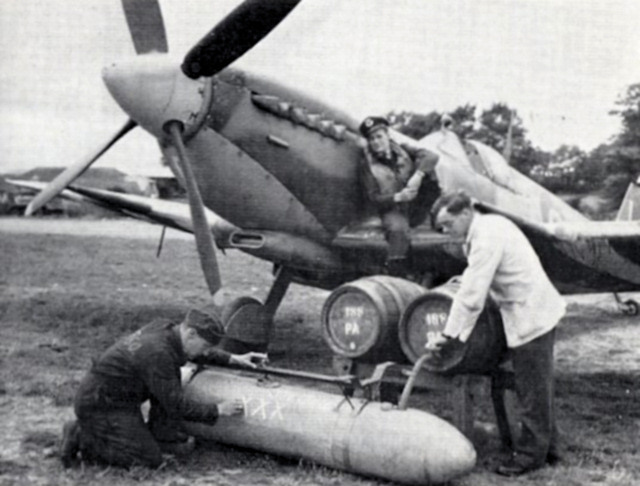
While the beer runs using the fuel tanks were initially successful, the content of the tanks had a metallic taste. The first few runs would also taste slightly of fuel which was unpleasant for all involved. To combat this issue, a new modification to the Spitfire was created.
The wing pylons of the Spitfire Mk IX were modified to carry beer kegs. This ensured that everyone knew what was being carried, and also eradicated the metallic taste. To make the kegs more aerodynamic, nose cones were added to them.
The kegs carried less beer than the fuel tanks, but it tasted better and would be chilled by the altitude of the flight across the Channel.
https://youtu.be/aJbzZSxDs_s
When American pilots learned of the beer runs, they started to make them as well. However, they were not satisfied with just taking beer to the troops. Iced custard and ice-cream were added to the luxuries brought by pilots to the rest of the troops.
These beer runs could not last forever and they were eventually stopped. The British breweries were approached by HMS Customs and Excise and warned that they were violating the law. Providing free beer to the troops in France in this manner bypassed export tax which the breweries were liable for.
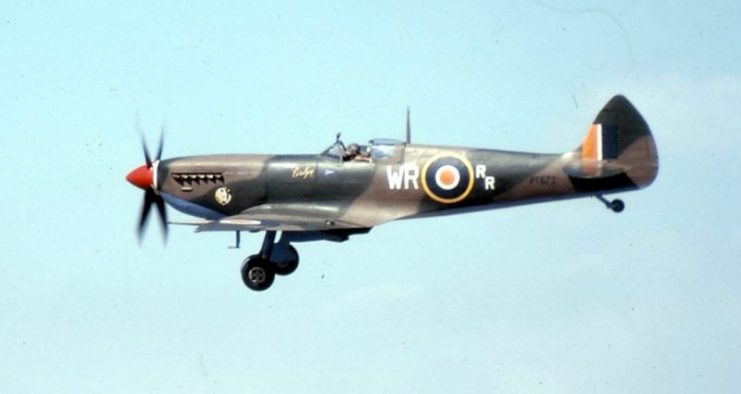
This was the end of the modification XXX, but there were other ways that troops got beer. Fortunately, one of these methods was the official supply lines.
Read another story from us: 17 Facts About the Spitfire – We all Know These, Right?
From November 1944, the American government stepped in and ruled that five percent of national beer production would be supplied to overseas troops. This five percent was made up of beer that had a lifespan of six or more week and all export beers. The breweries in liberated parts of France were also able to supply the Allies with the beer that they needed.
